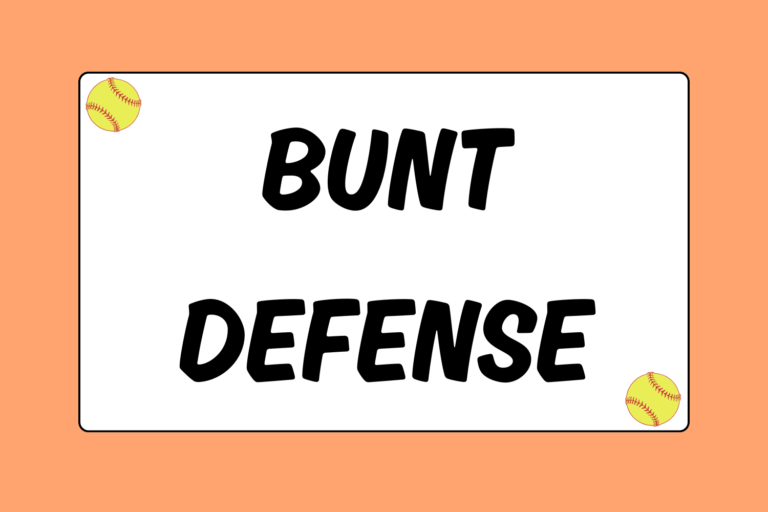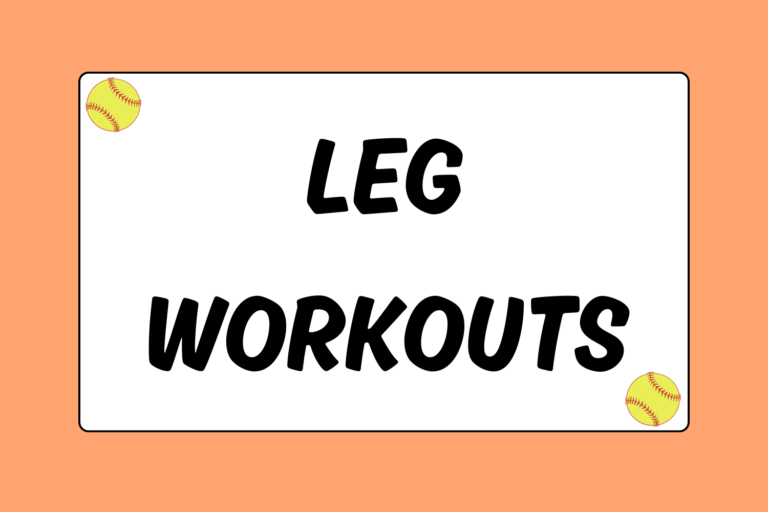Third basemen are fearless. They thrive on hits that are pounded right at them. Their position is particularly challenging because it’s common for batters to pull the ball down the third base line, and third basemen usually stand closer to home plate than any other infielders.
Third basemen need to be agile and quick to cover a lot of ground. This guide offers defensive tips that will make any third baseman a threat on the diamond.
Positioning Yourself
At third base, where you set up for each pitch depends on your speed and dexterity. You need to be far enough down the line that you can get back to your bag in time for a pickoff or steal, while still being able to charge a slow roller to get the out. This is generally about 4 to 5 feet in front of the base for the average player, but it all depends on how fast you can move.
When playing closer to the plate, realize that your reaction time is decreased with every step forward. You can compensate by stepping towards the line as you move towards home plate. The shortstop can help cover balls to your left, but you are the only line of defense against hits down the line before they hit the outfield.
Getting Back to the Bag
The fastest way to get back to your base to make a tag is to drop step and take a few, quick steps back to third. Always go back to your bag with your back to the baseline, keeping your eyes and body facing the infield.
In general, you’ll never want to turn your back to the infield. Keep your eyes on the runners and hustle. The longer it takes you to get to your bag, the farther the runner is advancing towards it.
If you need to practice on your own, try to find an available field near you to practice getting back to the bag. With enough practice, you should be able to sense where you are relative to the base at all times.
Taking the Throw at Third
Third base does not have as many plays as first or second base. Regardless, it is still important to know how to situate yourself for a play at third.
For a tag play, straddle the base, keep your shoulders square towards the thrower, catch the ball, and put down a sweeping tag. For a force play, situate yourself as a first baseman would:
- Your body needs to be facing the thrower.
- Your throwing-side foot is the anchor at the base because it allows the longest reach for your body.
- The heel of your foot should be either on the inside corner of the bag or positioned firmly at the foot of the bag.
- Only when the thrower releases the ball should you stretch towards it. Do not stretch before the ball is thrown; doing so will virtually eliminate your range if the throw is wild.
- Give the thrower a large target by opening towards them. Keep your throwing hand poised in the air, ready to secure the ball, and yell for the ball. Make sure there is no doubt where the play is being made.
Get off Your Bag!
Wild throws happen. As a good third baseman, you need to know how to adjust yourself to catch any throw. You cannot stay “married to the bag,” which means keeping your foot on the bag at all times — this is a bad habit.
If a wild throw is coming towards you, leave the bag to catch it.You cannot let any throw get past you, or it could cost your team a run.
Know where you are relative to your bag at all times. A good third baseman can blindly get back to her bag after fielding an off-target throw; you might be able to save the throw and get the out.
Fielding Bunts
Bunts are a major responsibility for third basemen. A third baseman needs to be able to field any bunt from the baseline to the pitcher. The pitcher already has enough pressure from having to pitch, so don’t make her worry about bunts that you can easily field.
Third basemen field bunts from the best possible position — coming from behind the ball and going towards the target. So if you can get it, it’s your ball. Call everyone else off!
If it is not slow-rolling, you’ll need to know how to throw on the run. While staying low, approach the ball and establish a good angle towards your target. Field the ball on the inside of your glove-side foot, step through with your back foot, and throw. You’ll be sideways, not upright.
If you have to make a side-armed throw, make sure to stay on top of the ball to better control the throw. Also, try to limit your footwork to only one step. The more steps you take, the farther down the line the runner will be and the less chance you have of throwing her out.
Hot Tip: Field the Bunt Faster
If you can’t pick up a bunt with your bare hand because it’s rolling too fast, there is a certain technique you can use to field the ball that’s faster than the traditional way (in the pocket). Use the outside of your glove instead!
Stay low and field the ball between the outside of your glove’s pocket and your throwing hand. Scoop the ball up against the outside of your glove, and transition to throw.
The transfer time between your glove and throwing hand will be nearly instantaneous, increasing your chances of throwing the batter out at first base.
Third Base Pickoffs
In general, unless you are playing forward for a bunt, you will cover your own bag for pickoffs. Follow these tips for a proper set-up:
- Set yourself up so your feet straddle the bag with your back to the foul line.
- Extend your glove towards the catcher.
- When the ball comes, put a sweeping tag on her as she tries to dive back to the bag.If you get the ball before the runner gets there, you can drop you glove-side knee to the ground to block the bag.
Short Hops
At third base you will see hard-hit grounders and you will see plenty of short hops. Prepare yourself. Make sure you practice short hops so much that your fielding mechanics become second nature. If you can handle a hard short hop at third base, you’ll be able to handle anything from a hard hit to an off-target throw in the dirt.
Foul Balls
Third basemen are also responsible for foul balls to the left side of the infield. For balls near the catcher, you’ll have a better perspective of where a ball will land — plus you’re coming forward — so take it.
You have priority over the catcher and pitcher, so go hard after any pop-up until you hit the fence or an outfielder calls you off. All the balls on the right side of the third base line are in your territory.
Have a Strong Arm
Besides being able to field hard hits and bunts, you need a strong arm. Plays at third require the longest throws of any infield position, so you need a strong and accurate arm to make the plays around the diamond. A strength program for your arms and core will enhance your performance.
Get Low, Get Ready
Third basemen are characterized by their fearlessness. It takes a certain attitude to want to dare batters to hit to you. You have to be gutsy and you have to take risks. You want to be a presence on the infield — a threat every batter tries to avoid on the baseline.





